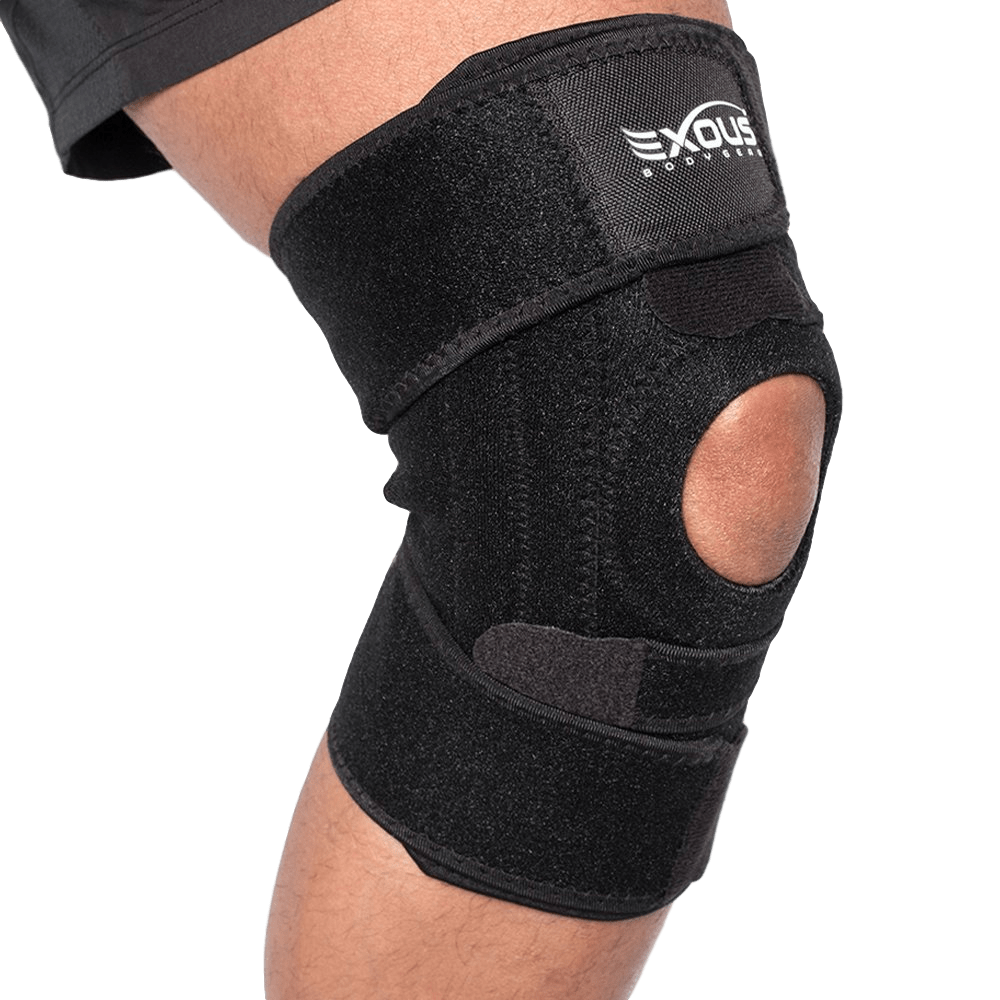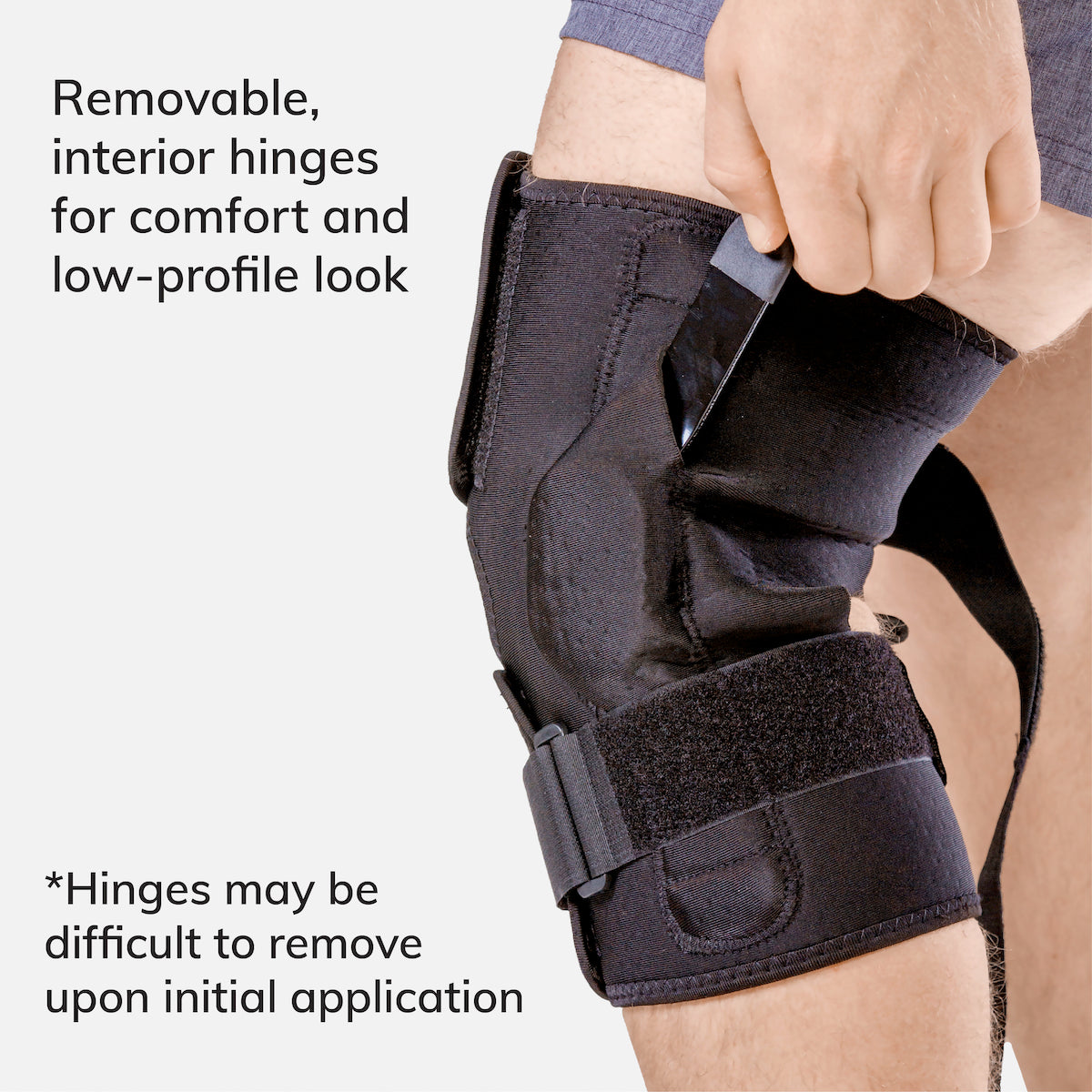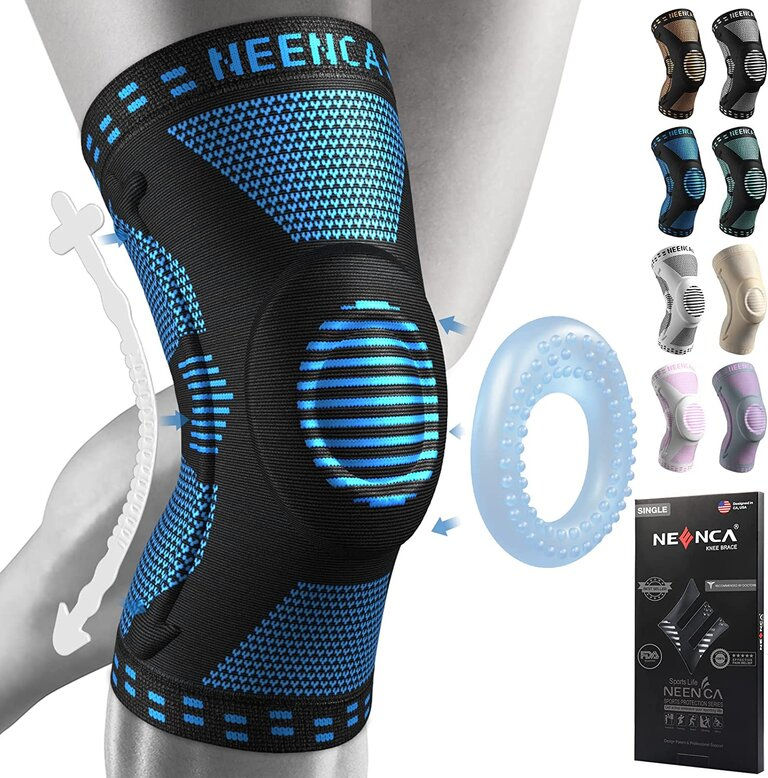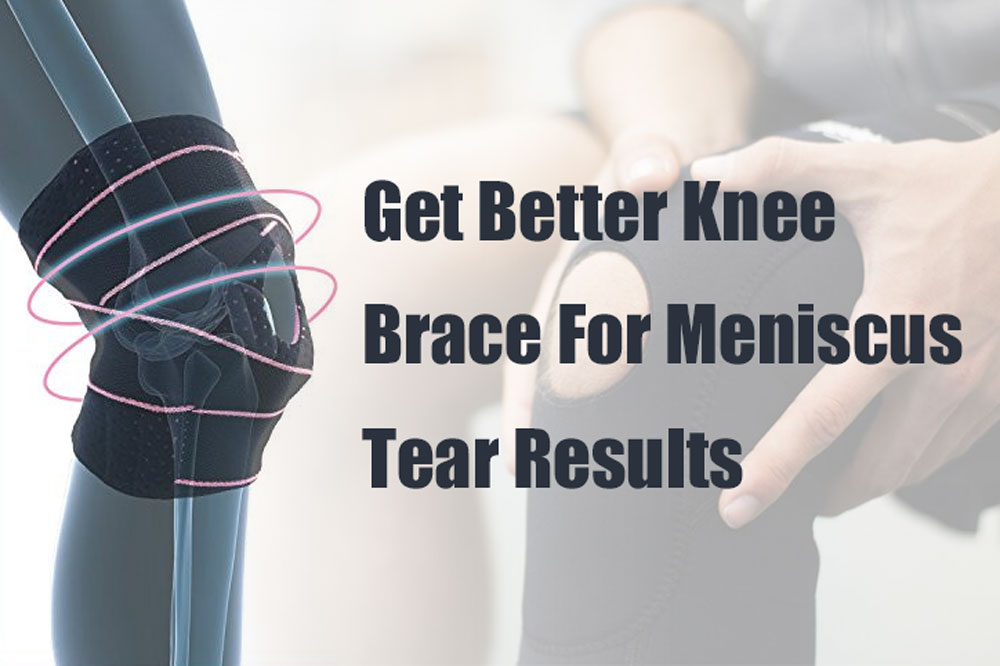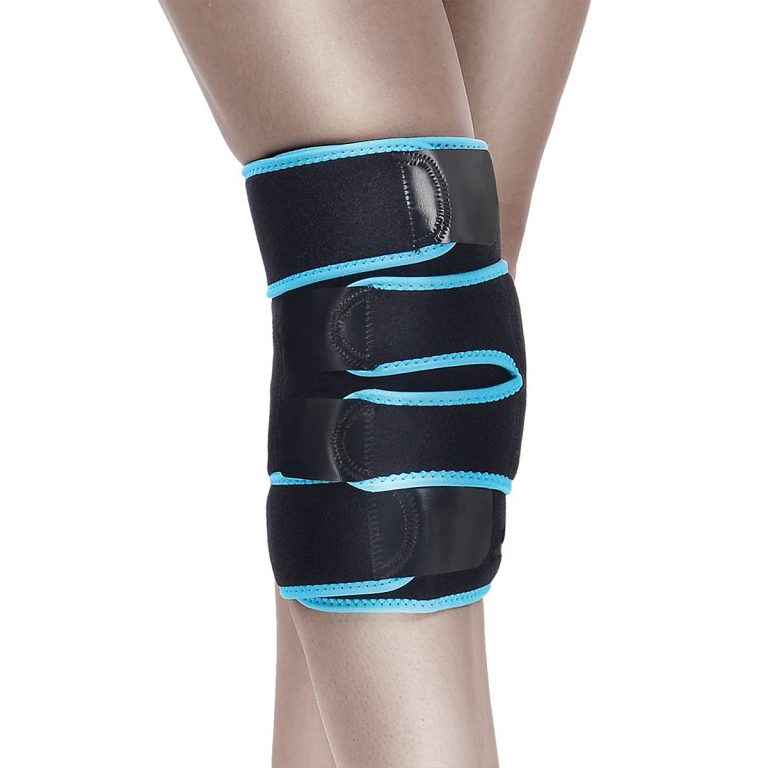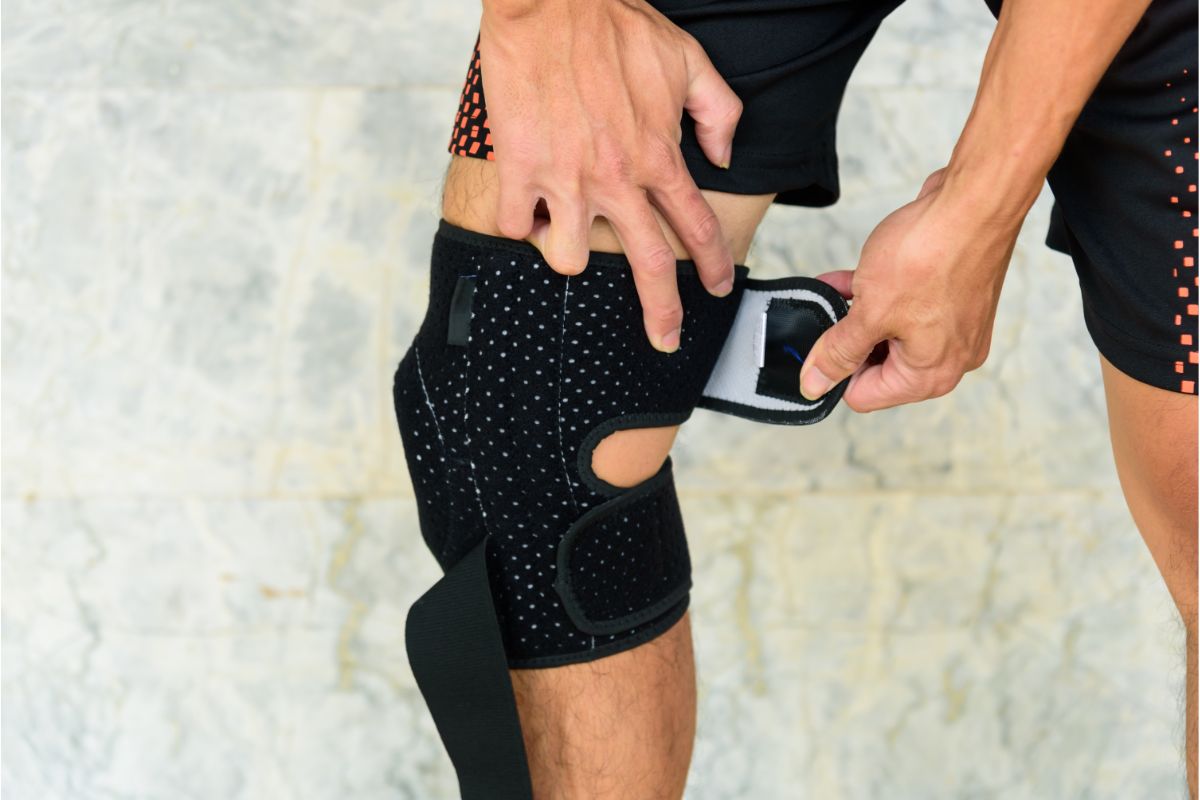What Is The Best Knee Brace For A Torn Meniscus
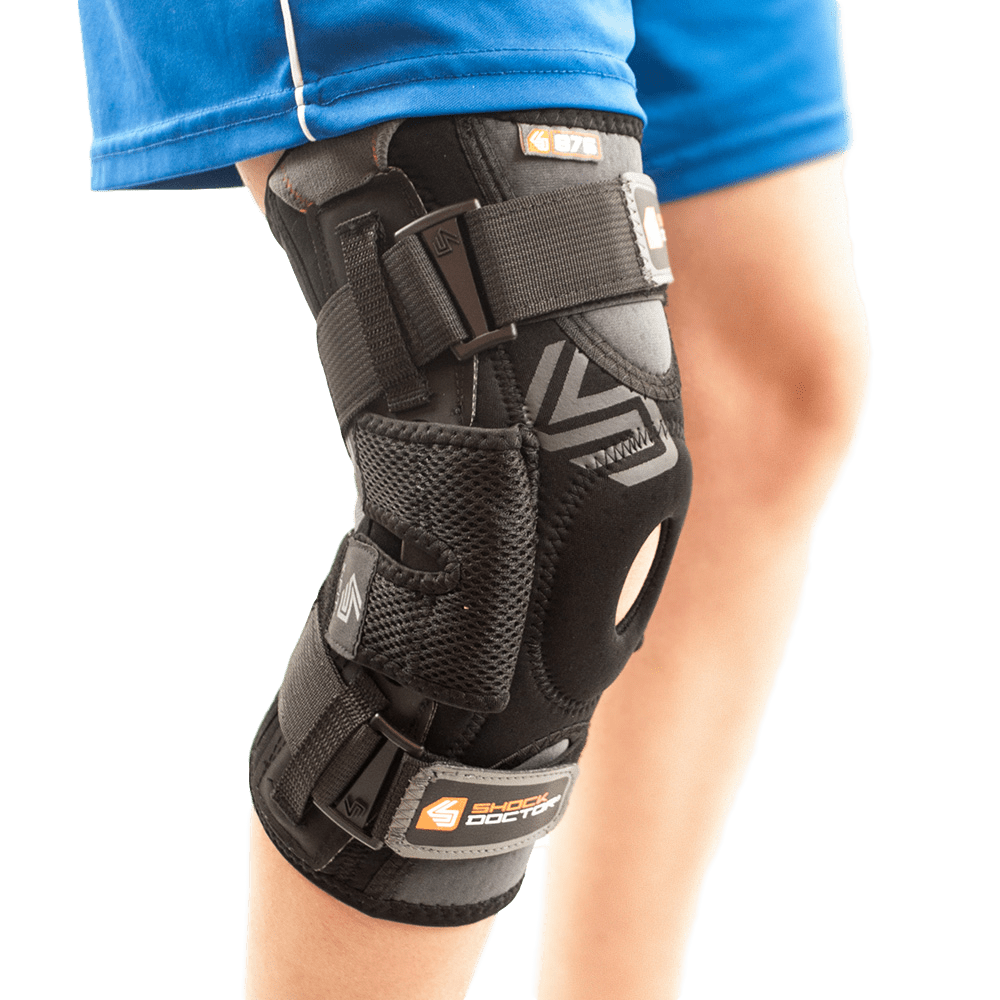
The scent of liniment hangs heavy in the air, a familiar aroma in the physical therapy clinic. Sunlight streams through the window, illuminating dust motes dancing above the treatment table. Sarah, a vibrant woman in her early 40s, winces slightly as she carefully lowers herself onto the padded surface. The twinge in her knee, a constant companion since that fateful soccer game, reminds her of the torn meniscus that has sidelined her from the activities she loves.
For anyone facing the frustrating reality of a torn meniscus, the question of the best knee brace becomes paramount. While a brace isn't a cure, it can provide crucial support, pain relief, and stability, enabling individuals to stay active and participate in their recovery journey. This article delves into the world of knee braces, exploring the different types available, their benefits, and how to choose the right one for your specific needs.
Understanding Meniscus Tears
The meniscus, two C-shaped pieces of cartilage in each knee, act as shock absorbers and stabilizers between the thighbone (femur) and shinbone (tibia). These vital structures cushion the joint during weight-bearing activities and twisting movements.
A torn meniscus often occurs due to sudden twists, direct impacts, or the gradual wear and tear associated with aging. Symptoms can range from mild discomfort to debilitating pain, swelling, stiffness, and a catching or locking sensation in the knee.
Diagnosis usually involves a physical examination and imaging tests like an MRI. Treatment options vary depending on the severity of the tear and can include rest, ice, compression, elevation (RICE), physical therapy, and, in some cases, surgery.
The Role of Knee Braces in Meniscus Tear Management
Knee braces play a significant role in managing meniscus tears, offering several key benefits. They provide support and stability to the knee joint, limiting excessive movement that could further aggravate the injury. Braces also help to reduce pain by compressing the area and distributing weight more evenly across the joint.
Furthermore, they can improve proprioception – the body's awareness of its position in space – which can help prevent further injury. Finally, knee braces enable individuals to remain active during the recovery process, allowing them to participate in physical therapy and perform daily activities with greater comfort and confidence.
Types of Knee Braces for Meniscus Tears
The market offers a diverse range of knee braces, each designed for specific needs and activity levels. Understanding the different types is crucial for making an informed decision. Let's explore some common options:
Hinged Knee Braces
Hinged knee braces are often recommended for moderate to severe meniscus tears or after surgery. They feature hinges on either side of the knee, providing medial and lateral support and controlling range of motion.
These braces typically come in two main varieties: single-hinged and double-hinged. Double-hinged braces offer greater stability and are often preferred for athletes returning to high-impact sports.
Sleeve Knee Braces
Sleeve knee braces, also known as pull-on braces, are made of elastic or neoprene material and provide compression and mild support. They are best suited for minor meniscus tears or for individuals seeking general knee support during low-impact activities.
These braces are comfortable to wear and can help reduce swelling and pain. Some sleeve braces also include patellar cutouts or gel pads for added support and cushioning around the kneecap.
Wraparound Knee Braces
Wraparound knee braces offer a more customizable fit than sleeve braces. They are typically made of adjustable straps that wrap around the knee, providing targeted support and compression.
These braces are suitable for a variety of meniscus tear severities and can be adjusted to accommodate different knee sizes and shapes. Wraparound braces often feature hinges or stays for added stability.
Offloader Knee Braces
Offloader knee braces are specifically designed to relieve pressure on one side of the knee joint. They are often used for individuals with osteoarthritis in addition to a meniscus tear.
By shifting weight away from the affected side of the knee, these braces can significantly reduce pain and improve mobility. Offloader braces are typically more complex and expensive than other types of knee braces.
Choosing the Right Knee Brace
Selecting the best knee brace for a torn meniscus requires careful consideration of several factors. The severity of the tear, your activity level, and your individual preferences all play a role in the decision-making process. Consulting with a healthcare professional, such as a doctor or physical therapist, is highly recommended.
They can assess your specific needs and recommend the most appropriate type of brace. Some general considerations include:
- Severity of the Tear: More severe tears typically require more supportive braces, such as hinged or offloader braces.
- Activity Level: Athletes or individuals who engage in high-impact activities may benefit from a brace with greater stability and protection.
- Comfort: The brace should fit comfortably and not restrict movement unnecessarily.
- Fit: A properly fitting brace is essential for optimal support and effectiveness. Measure your knee circumference carefully and follow the manufacturer's sizing guidelines.
The Importance of Proper Brace Usage and Care
Wearing your knee brace correctly and maintaining it properly is crucial for maximizing its benefits and extending its lifespan. Follow the manufacturer's instructions for application and adjustment. Ensure the brace fits snugly but does not restrict circulation.
Clean the brace regularly with mild soap and water. Avoid using harsh chemicals or abrasive cleaners, as these can damage the materials. Store the brace in a cool, dry place when not in use.
Beyond the Brace: A Holistic Approach to Recovery
While a knee brace can provide valuable support and pain relief, it's important to remember that it's just one component of a comprehensive recovery plan. Physical therapy plays a crucial role in strengthening the muscles around the knee, improving flexibility, and restoring proper function.
Other important aspects of recovery include maintaining a healthy weight, avoiding activities that aggravate the injury, and following your doctor's or physical therapist's recommendations. In some cases, surgery may be necessary to repair the torn meniscus.
According to a study published in the American Journal of Sports Medicine, a combination of bracing and physical therapy can significantly improve outcomes for individuals with meniscus tears. The study emphasized the importance of a personalized approach to treatment, tailored to the individual's specific needs and goals.
Conclusion: Finding Your Path to Recovery
The journey of recovering from a torn meniscus can be challenging, but with the right tools and support, it's possible to regain function and return to the activities you love. A knee brace, when chosen and used appropriately, can be a valuable ally in this process.
Remember to consult with a healthcare professional to determine the best course of action for your specific situation. With patience, persistence, and a holistic approach to recovery, you can overcome this setback and emerge stronger and more resilient.
Sarah smiles faintly, a glimmer of hope in her eyes. She knows the road ahead won't be easy, but armed with knowledge, a supportive medical team, and the right knee brace, she's ready to take the next step towards recovery and get back on the field.
